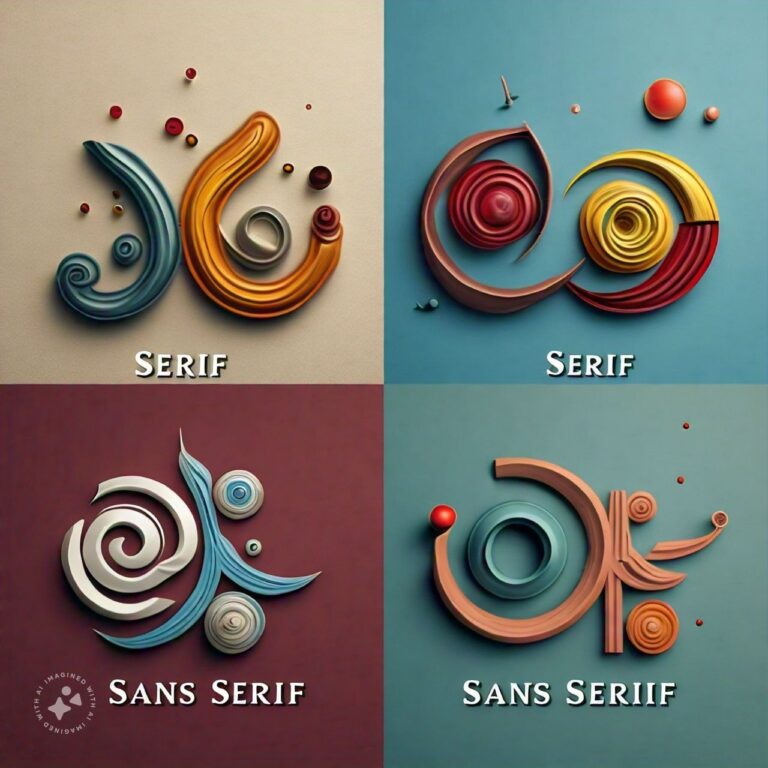What is a Sans Serif Font?
Sans serif fonts are fonts that lack the small lines or strokes (serifs) that appear at the ends of the letterforms in serif fonts. The word "sans" is derived from French, meaning "without," so sans serif literally means "without serifs." This results in a clean, minimalistic, and modern appearance that is often associated with simplicity, clarity, and neutrality.
Sans serif fonts emerged in the early 19th century as part of a broader trend toward simpler, more functional design. They quickly became popular for use in signage, advertising, and other contexts where clarity and legibility were paramount. In the digital age, sans serif fonts have become the preferred choice for web design and user interfaces due to their legibility on screens.
Key Characteristics of Sans Serif Fonts
- No Serifs: The most obvious characteristic of sans serif fonts is the absence of serifs. The letterforms are clean and unadorned, making the text appear more straightforward and modern.
- Modern and Minimalist Appearance: Sans serif fonts often convey a sense of modernity, simplicity, and efficiency. They are commonly used in branding, web design, and advertising to create a clean, contemporary look.
- Better for Digital Use: Sans serif fonts are widely considered more legible on digital screens than serif fonts, particularly at smaller sizes. Their simple, straightforward design makes them ideal for user interfaces, websites, and mobile apps.
- Uniform Stroke Width: Unlike serif fonts, which often feature varying stroke widths, sans serif fonts usually have a more uniform stroke width, contributing to their clean and minimal aesthetic.
- Different Styles: Sans serif fonts come in several subcategories, including Grotesque (e.g., Helvetica), Neo-Grotesque (e.g., Arial), Geometric (e.g., Futura), and Humanist (e.g., Gill Sans). Each of these styles has subtle differences in letterform design and overall feel.
Popular Sans Serif Fonts
- Helvetica: One of the most iconic sans serif fonts, Helvetica is known for its clean lines and versatility. It is widely used in logos, signage, and corporate branding.
- Arial: Often seen as a modern alternative to Helvetica, Arial is a widely used sans serif font in both digital and print media. Its simple design makes it a versatile choice for a wide range of applications.






